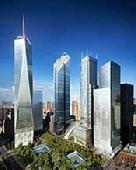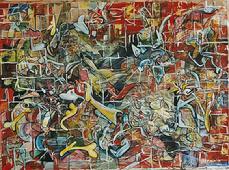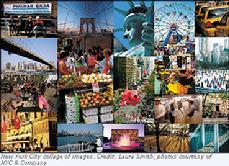|
What is a City?
Exercises for Discussion and Reflection
|
REBUILDING NYC AFTER 9/11
There is much debate concerning what should be built in lower Manhatten in the wake of the destruction of the World Trade Towers in New York City on September 11, 2001. Review the blog on Architectural Record (click image on right). How might the various philosophers who address questions about the nature and function of the city: Plato, Augustine, Machiavelli, More, Weber, Young, or Mendieta (for example) inform these debates?
See also the links to literary and cultural reflections on the world trade towers available as links to the Prince of Wale’s reflections on tall buildings.
|
 |
| Image Courtesy of SPI, dbox |
|
|
METAPHORS OF CITIES. Philosophers often use metaphors to describe cities. James Conlon, for example, cites many metaphors that philosophers have used and ultimately chooses a new metaphor, that of a collage. Augustine approvingly cites Cicero’s metaphor of musical harmony, arguing that harmony is to music what concord is to the city. For discussion: 1) Compare and contrast these two metaphors. What does each say about the city-specifically about the good or ideal city? 2) Identify other philosophers anthologized in Philosophy and the City that use metaphors. What are the metaphors? How do they compare and contrast to the metaphors of collage and harmonious music? 3) Read Elizabeth Grosz’s essay in the text; she highlights the history of body metaphors and their use in philosophical discussions of cities. Following Grosz’s model, write a critical history of the use of other philosophical metaphors and their impact on cities.
click on photos to go to their web sources
|
 |
| "City Jungle" (I993) by Rik Lina. collage-acrylics. |
|
|
 |
| New York City collage of images. Credit Laura Smith. |
|
|
|
|
|